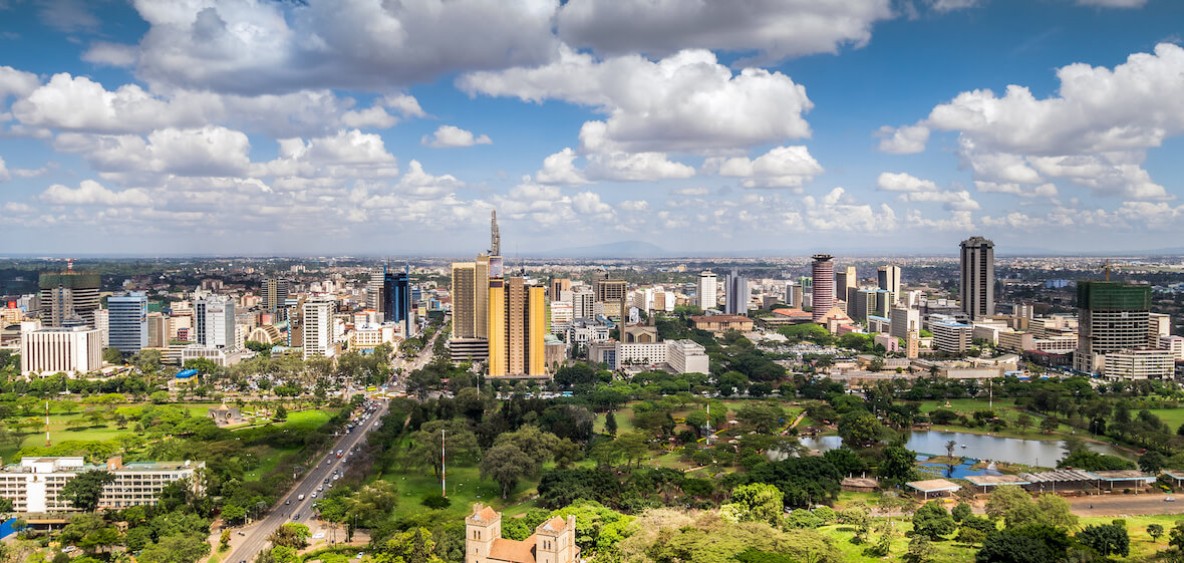
Almost one year into the implementation of the Resilient Food Systems programme, partners and country representatives met to review progress and plan for Year 2 of the programme.
In 2017, the Global Environment Facility (GEF) launched the Integrated Approach Programme on Fostering Sustainability and Resilience for Food Security in sub-Saharan Africa, also known as the Resilient Food Systems programme, a major initiative bringing together a range of organizations and governments to improve food and nutrition security in 12 countries.
This innovative approach is facilitating the scaling-up of practices that enhance resilience for food security and generate global environmental benefits. It goes beyond traditional development ‘silos’ by promoting the integrated management of natural resources in smallholders’ agriculture, helping smallholders strengthen soil health, improve access to drought-tolerant seeds, adjust planting periods and cropping portfolios, and enhance on-farm agro-biodiversity.
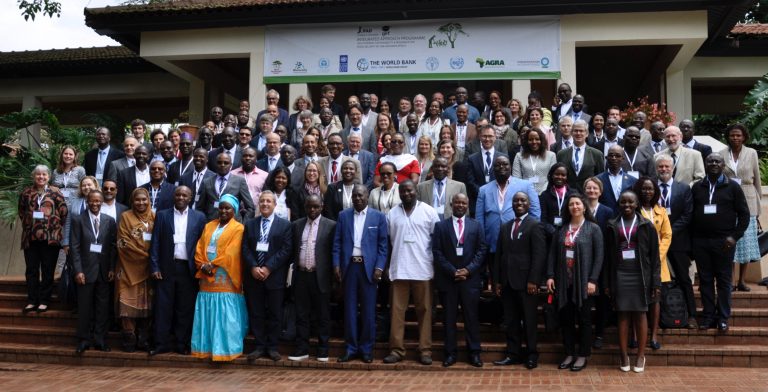
Almost one year into its implementation, over 100 experts, including technical partners and representatives from all 13 projects, met in Nairobi, Kenya last month to review progress and plan for Year 2 of the programme, focusing on priority areas, such as measuring impact. Also present was a group of participants from 15 African countries that are not directly involved in the programme but are interested in learning more about the integrated approach and how the targeted countries are benefitting from it. Project representatives and guest speakers highlighted how this strategy contributes to rural development aspirations in the continent.
Elvis Paul Tangem, coordinator of the Great Green Wall initiative at the Africa Union Commission, emphasized how the programme could be used support regional initiatives, such as Agenda 2063, the Malabo Declaration and the Comprehensive Africa Agriculture Development Programme of the New Partnership for Africa’s Development, to transform the agricultural landscape and improve food security. He highlighted major challenges facing the agricultural sector, such as lack of consistent, quality data and the tendency of policy makers and development bodies to operate independently, without strong links. He then called for a stronger science-policy interface —something that the programme is currently working on — as the way forward to achieving these ambitious initiatives.
Hon Mohammed Elmi, chief administrative secretary at Kenya’s Ministry of Environment and Forestry, speaking on behalf of Hon Keriako Tobiko, cabinet secretary in the same ministry, stressed the importance of sustainable management of ecosystems to enhance food security. He cited the role of the Upper Tana-Nairobi Water Fund, Kenya’s project within the Integrated Approach Programme, in the rehabilitation and protection of some of the country’s key water towers.
Implementation in action
Participants had the opportunity to visit sites of the Upper Tana-Nairobi Water Fund, where they interacted with partners and engaged farmers. Led by The Nature Conservancy, this project is improving water quality for millions of consumers both within the catchment and the country’s capital city, Nairobi. It is, for instance, reducing sediments going into the Masinga Dam, a power-generation site, while improving the well-being of farmers in the catchment area through agroforestry, water harvesting and soil erosion control.
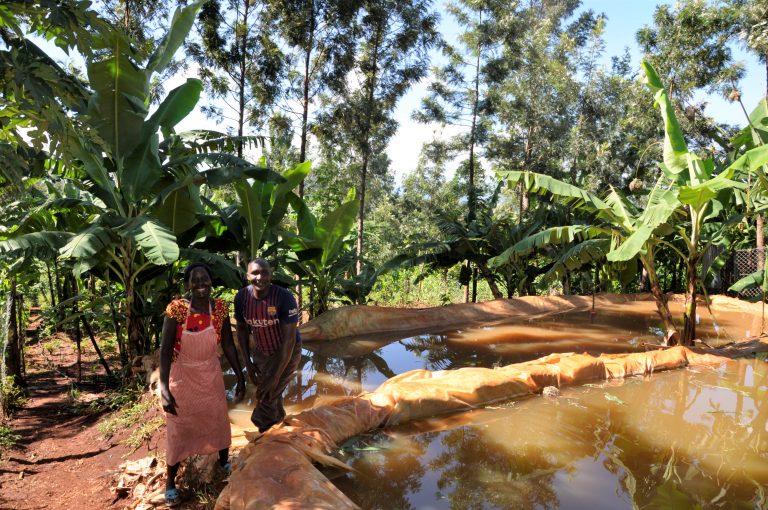
Julius Irungu, 53, has been farming in Muranga County full-time since 2004, when he left his job as a security guard. He grows bananas, arrowroot, tomatoes, mangoes and, occasionally, maize and beans on his 1.5-acre farm. He has access to two existing dams but thought he could be better off collecting more rainwater. When the road passing next to his farm was being constructed, he found out that he could harvest the rainwater run-off to ensure that he would have adequate water even during the dry season. Julius is encouraging his neighbours to adopt water pans to increase their yields. He also hopes to generate more income to enable him to buy more land to expand his farm.
Country teams had several opportunities to exchange knowledge and share experience among themselves and with technical partners in the course of the field trip, as well as during group exercises. The meeting also included dedicated training sessions on payments and other incentives for ecosystem services, and on data visualization for monitoring project impacts.
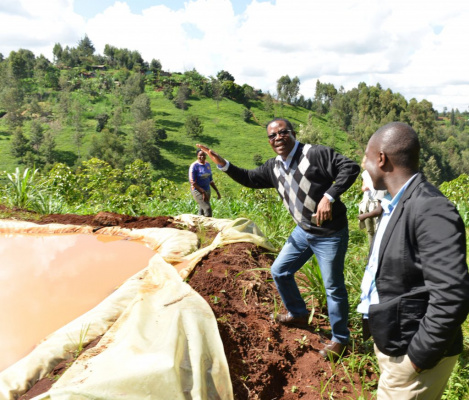
“We have created an additional space where the countries together with the agencies can talk to each other. The country projects maintain the GEF principle of project by project, and the Hub Project creates that glue that allows countries to learn from each other, talk to each other, then connect as a whole, to what else is happening on the continent. That way, the transformation we are seeking from an environmental perspective is put in a broader context of Africa’s agricultural transformation,” said Mohammed Bakarr, lead environment specialist with the GEF.
Meeting participants were exposed to a range of tools to be used to monitor resilience in the programme, including the Multi-dimensional Poverty Assessment Tool (MPAT), Women’s Empowerment in Agriculture Index (WEIA); the Resilience Atlas; Vital Signs; Resilience, Adaptation Pathways and Transformation Assessment (RAPTA); Self-evaluation and Holistic Assessment of climate Resilience of farmers and Pastoralists (SHARP); Diversity Assessment Tool for Agrobiodiversity and Resilience (DATAR); Earth Observation for Sustainable Development (EO4SD; and the Land Degradation Surveillance Framework (LDSF). They also discussed several options of indicators to improve the monitoring and assessment of resilience aspects of food security at regional level.
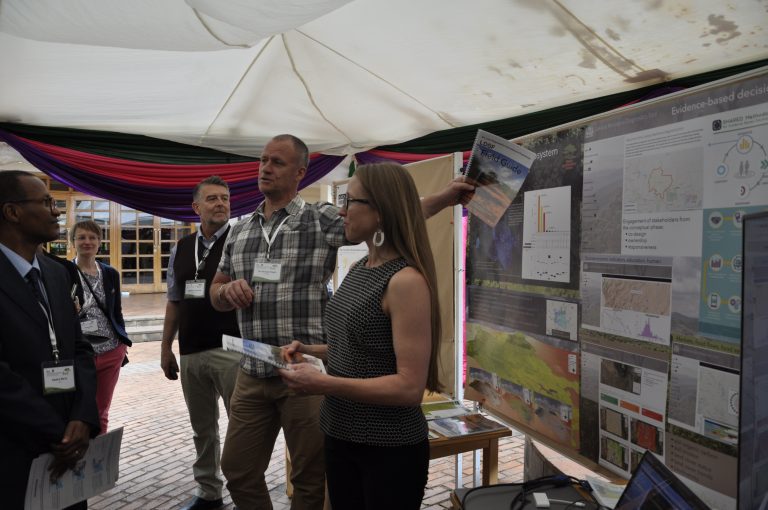
“Monitoring
and assessment tools to be used in the project were well explained,” said
Bryson Msiska of the Programme for Rural Irrigation Development in Malawi.
“Networking with the service providers of the tools was probably the most
useful part of it.”
As highlighted by the GEF in its new policy on gender equality, gender inequality and social exclusion exacerbate the negative effects of environmental degradation on women and girls. Ana Maria Paez Valencia of the World Agroforestry Centre and Ilaria Firmian of the International Fund for Agricultural Development (IFAD) presented guidelines to monitor gender outcomes and integration across the Integrated Approach Programme. Coming into force in July 2018, the GEF gender policy introduces a clearer focus on results, including requirements for project- and programme-level monitoring and reporting on gender.
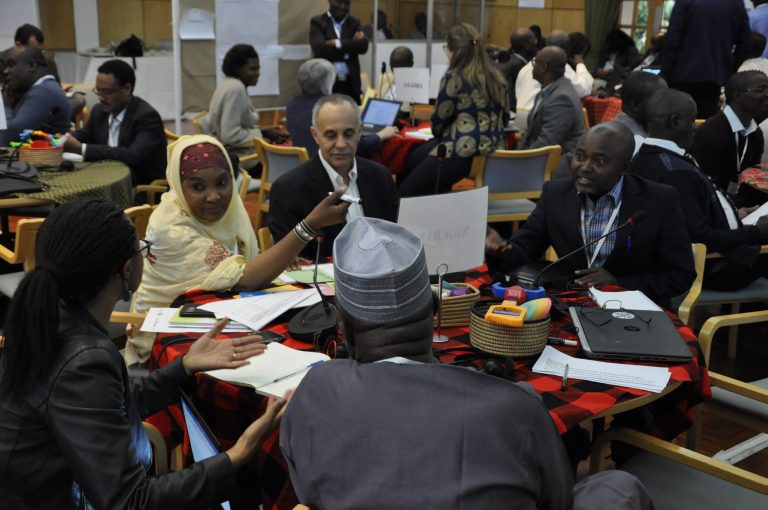
“I have learnt about the importance of mainstreaming gender, which tallies with my idea that you cannot run on one leg and win the race,” said Hajia Salamatu Garba, founder of the Women Farmers Advancement Network of Nigeria. “As a result, we must have inclusion in the project to achieve the desired goals as they fit into the respective Sustainable Development Goals.”
“What stood out during the small group discussions was that several projects have a lot of shared potential as they are geared towards achieving similar results around social and economic benefits: livelihood improvement with environmental aspects”, said Lynn Kota of eSwatini (Swaziland).
“Despite the challenges, we aim to create business models that can make money, be inclusive, be environmentally sustainable and resilient,” said Tomas Sales, manager of the African Facility for Inclusive Markets with the United Nations Development Programme (UNDP). “This is the business of the 21st century for Africa.”
“Through this programme, we can demonstrate an integrated approach to food security while conserving the environment,” said Eric Patrick, adaptation specialist at IFAD. He commended participants for their high levels of interest and engagement, eagerness to apply and willingness to learn from each other.
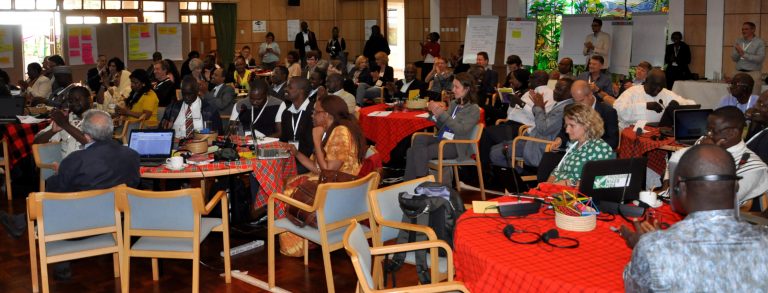
Additional resources:
Subscribe to our monthly newsletter to receive updates on stories directly from the field across all our projects, upcoming events, new resources, and more.